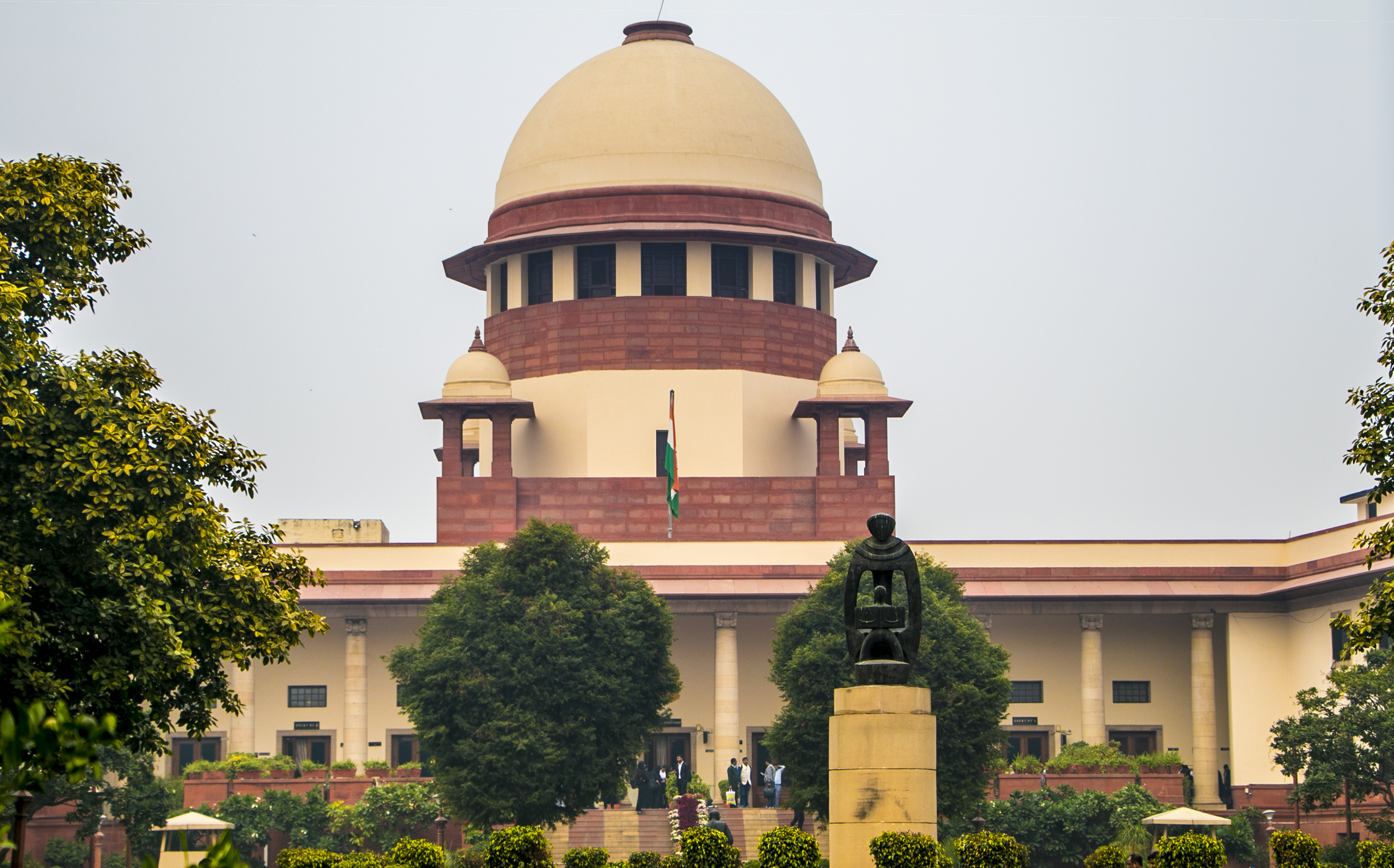IN CRI.A. 609 OF 2016 - BOM HC- Bombay High Court acquits man convicted for murdering his wife by pouring kerosene and setting her on fire on the ground that prosecution’s story was not free from doubt, says Trial court readily accepted dying declaration by losing sight of discrepancies and inconsistencies
Justice Vibha Kankanwadi and Justice Abhay S. Waghwase [07-07-2023]

Read More: Raju Rangnath Kolte v. The State of Maharashtra
Simran Singh
New Delhi, July 10, 2023: The Bombay High Court has acquitted a man convicted on the charge of murder of his wife on the ground that the story of the prosecution was not free from doubt.
The Division Bench of Justice Vibha Kankanwadi and Justice Abhay S. Waghwase stated that “To sum up, here, dying declarations are failing to inspire confidence not being consistent. Though parents alleged ill-treatment, its nature and manner, so also when such instances took place has not been stated by either of the parents. Accused also had suffered burns and he was also admitted in hospital. His such conduct cannot be overlooked. In the totality of circumstances which have emerged on record, in our opinion, story of prosecution is not free from doubt."
This appeal was filed against the conviction under Section 302 of Indian Penal Code,1860 for the murder of his wife Manisha. The prosecution case was that Raju used to ill-treat and beat Manisha after consuming liquor. On 14-04-2014, she suffered burns and succumbed to her injuries in hospital. However, the convict had stated that the wife had poured kerosene on herself and set herself on fire.
The prosecution relied on two dying declarations given by Manisha wherein she blamed Raju for setting her on fire. Postmortem report showed that she suffered 86% burns. Under such circumstances, the doctor who gave certification of fitness was expected to be examined, but he was not examined for the reasons best known to the prosecution. Even her thumb impression over the dying declaration was not identified.
It was noted that in her second dying declaration she surprisingly answered that “she has no complaint against anyone”. The Court found discrepancies and inconsistencies in the two dying declarations and noted that material witnesses like the doctor who examined Manisha and neighbours who extinguished the fire were not examined. Moreover, Raju also suffered burns which indicated that the circumstances were not clear.
The Bench stated that“In the light of above critical analysis of both dying declarations, there are reasons to hold that genesis of the occurrence is not forthcoming as different versions are stated in two dying declarations. Apart form discrepancies and shortfalls of non-examination of medical expert and failure to append identifying signature, what was the reason for recording dying declaration on 15.04.2014 after being surrounded by relatives also has not been clarified by prosecution”
The Court was of the view that the “Learned trial Judge seems to have readily accepted the dying declarations by losing sight of the discrepancies and inconsistencies noted by us and reproduced by us in aforesaid paragraphs. There is no satisfactory and incriminating material to hold accused/appellant solely responsible for the alleged burns suffered by deceased. Resultantly, finding it a fit case to interfere, we proceed to allow the appeal”
Taking all factors into account, the court concluded that the story of the prosecution was not free from doubt and acquitted Raju of all charges.
Sign up for our weekly newsletter to stay up to date on our product, events featured blog, special offer and all of the exciting things that take place here at Legitquest.




Add a Comment